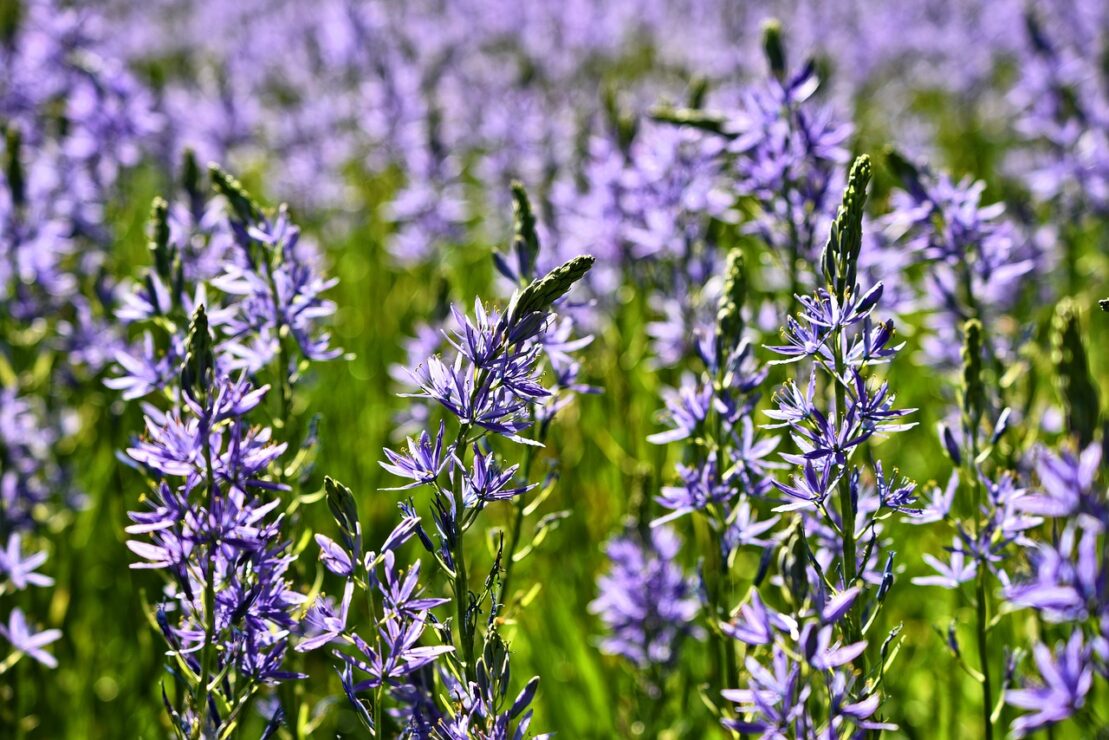
The Campus as Living Lands Project supports a series of land-based learning opportunities and is being championed by Jeff Corntassel, an associate professor with the Department of Indigenous Studies at the University of Victoria. The project will be advised by Songhees, Esquimalt, and W̱SÁNEĆ knowledge holders, as well as members of the UVic Indigenous faculty and student community.
“It’s really all about making space for resurgence, making space for restoration on campus,” said Corntassel in an interview with the Martlet.
The project’s goals include creating tangible relationships with local Indigenous peoples and their living histories integral to the landscape on which campus resides, increased community participation in the natural ecosystems on campus, and Indigenous approaches to sustainability and climate resilience.
One of the project’s primary objectives is creating an Indigenous-led and Indigenous-designed campus map that will include traditional place names, words, uses of natural ecosystems or species, and the living history of local communities.
“[The map is] designed to be interactive, it’s bringing in the language and the everyday practices that people engage in on campus but it is often invisible,” said Corntassel.
The group is also working towards the construction of a pit cook and the growing Kwetlal (camas) patch within the campus Garry oak meadow. Camas is a root vegetable which was cultivated and harvested by Indigenous people in Victoria, with cultivation suppressed during European colonization. These will be cultivated for traditional harvesting practices and for demonstrations of Indigenous approaches to land stewardship, sustainability, and climate adaptation.
In addition, they plan to create portable signs, informational posts, and other public displays for the Indigenous landscapes that can be used both on campus and by local Indigenous communities.
Corntassel explains that the Campus as Living Lands Project was spurred by a public Climate Solutions Navigator (CSN) event conversation between four Indigenous knowledge-holders: Cheryl Bryce, ŚW̱,XELOSELWET Tiffany Joseph, MENEȽOT Marilyn Olsen-Page and Kekinusuqs Judith Sayers. The event was attended by over 600 people and discussed how coastal peoples address the challenges of climate change in their communities, as well as move beyond territorial acknowledgements to action.
“That [conversation] was kind of our inspiration,” said Corntassel. “[Bryce] said at one point she would like to see the front lawn of UVic campus be covered in camas, covered in Kwetlal.”
In May 2021, Corntassel joined Nancy Shackelford, the director of UVic’s Restoration of Natural Systems Program, and Tara Todesco, a member of the Climate Solutions Navigator Team. They wrote a funding proposal that was submitted to UVic’s Strategic Impact Fund. The funding was confirmed in June. Shackelford, an assistant professor with the Environmental Studies Department, is currently leading the restoration aspect of the project.
Corntassel also referenced the ongoing work on UVic’s Climate and Sustainability Action Plan. The project emerged from the work to ensure that Indigenous knowledge systems and world views would be centered in the development of the plan.
“The ultimate goal is to really have a place where we can hire local Indigenous peoples to manage the land, as they have been doing for generations,” said Corntassel. “So, actually making paid positions, like stewardship positions, that will help facilitate the Kwetlal or camas, as well as other plants of the area and also for students to really learn from Elders on this advisory.”
Corntassel views the advisory council as an opportunity for students on campus to learn from elders on the advisory, describing it as “built-in mentorship.” He described his hope for the reciprocal sharing of knowledge and values between the elders and involved students. Bryce and Joseph are both on the advisory council. Joseph is an educator, writer, and young knowledge carrier of historical, plant and ecosystem knowledge (Sḵx̱wu7mesh (Fresh Water people) and W̱SÁNEĆ (Saltwater people, Emerging people) and Bryce is a knowledge holder, community researcher, and educator in Kwetlal food systems from the Songhees First Nation.
“We’ve been doing this work for a while, but I’ve always been going off campus to do the work.”
Corntassel hopes the Living Lands Project will have a community presence on campus that is not academic, or restricted in any way.
“We can’t understand climate mitigation without talking about decolonization,” said Corntassel. “We can’t understand climate change without talking about ongoing colonization of Indigenous lands and, in this case, what we know as the campus at UVic”








